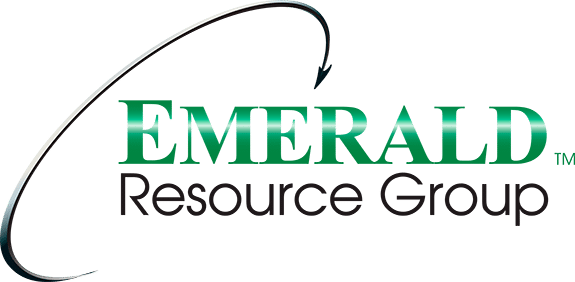In the bustling landscape of modern workplaces, the term “Coordination Tax” has gained prominence as a significant factor affecting productivity and efficiency. But what exactly does it entail, and how can organizations navigate its challenges to foster a more streamlined and effective work environment? Let’s delve into the concept of coordination tax, its negative impacts, and practical strategies to mitigate its effects.
What is “Coordination” Tax?
Coordination tax refers to the collective time, effort, and resources expended by individuals and teams to synchronize activities, align goals, and manage dependencies within an organization. It arises from the complexities of modern work dynamics, where cross-functional collaboration, clear communication, and effective decision-making are crucial yet often hindered by inefficient processes.
Causes and Negative Impacts
Several factors contribute to coordination tax, including unclear communication channels, over-reliance on meetings, and complex organizational structures. These challenges can lead to:
- Productivity Drain: Excessive time spent on coordination tasks detracts from actual work and creative endeavors.
- Increased Stress Levels: Constant coordination challenges can contribute to heightened stress and burnout among employees.
- Delayed Decision-Making: Difficulties in aligning schedules and priorities can lead to delays in crucial decision-making processes.
- Reduced Organizational Agility: Cumbersome coordination processes may hinder the organization’s ability to adapt quickly to market changes and customer needs.
Strategies to Navigate Coordination Tax
To effectively mitigate coordination tax and optimize workplace efficiency, organizations can implement the following strategies:
- Clear Communication Channels: Establish transparent communication protocols to ensure information flows seamlessly across teams and departments.
- Define Roles and Responsibilities: Clarify roles, expectations, and decision-making authority to minimize misunderstandings and streamline workflows.
- Utilize Collaboration Tools: Implement digital platforms and tools for project management, task tracking, and real-time communication to enhance team collaboration and productivity.
- Regular Check-ins and Stand-up Meetings: Conduct frequent check-ins or stand-up meetings to synchronize activities, address bottlenecks, and maintain project momentum.
- Promote Cross-functional Collaboration: Encourage collaboration among different teams and departments to foster a shared understanding of goals and objectives.
- Streamline Processes: Simplify and standardize processes where possible to reduce unnecessary coordination efforts and improve operational efficiency.
Leadership’s Role and Continuous Improvement
Leadership plays a pivotal role in reducing coordination tax by setting clear objectives, supporting team alignment, and empowering employees with the tools and autonomy needed to succeed. It’s crucial to:
- Measure and Monitor: Use metrics such as time spent on coordination activities and meeting effectiveness to assess improvements and adjust strategies accordingly.
- Encourage Feedback: Solicit feedback from employees to identify ongoing challenges and opportunities for refinement in coordination practices.
Conclusion: Enhancing Workplace Efficiency
In conclusion, addressing coordination tax is essential for organizations striving to enhance workplace efficiency and employee satisfaction. By implementing clear communication strategies, leveraging technology for collaboration, and fostering a culture of cross-functional teamwork, organizations can minimize the negative impacts of coordination tax. Continuous evaluation and adaptation of coordination practices will ensure that businesses remain agile and responsive in today’s competitive landscape. Together, we can navigate coordination challenges and create a more productive and cohesive work environment for everyone.
Need help navigating your career path? Check out our website.



